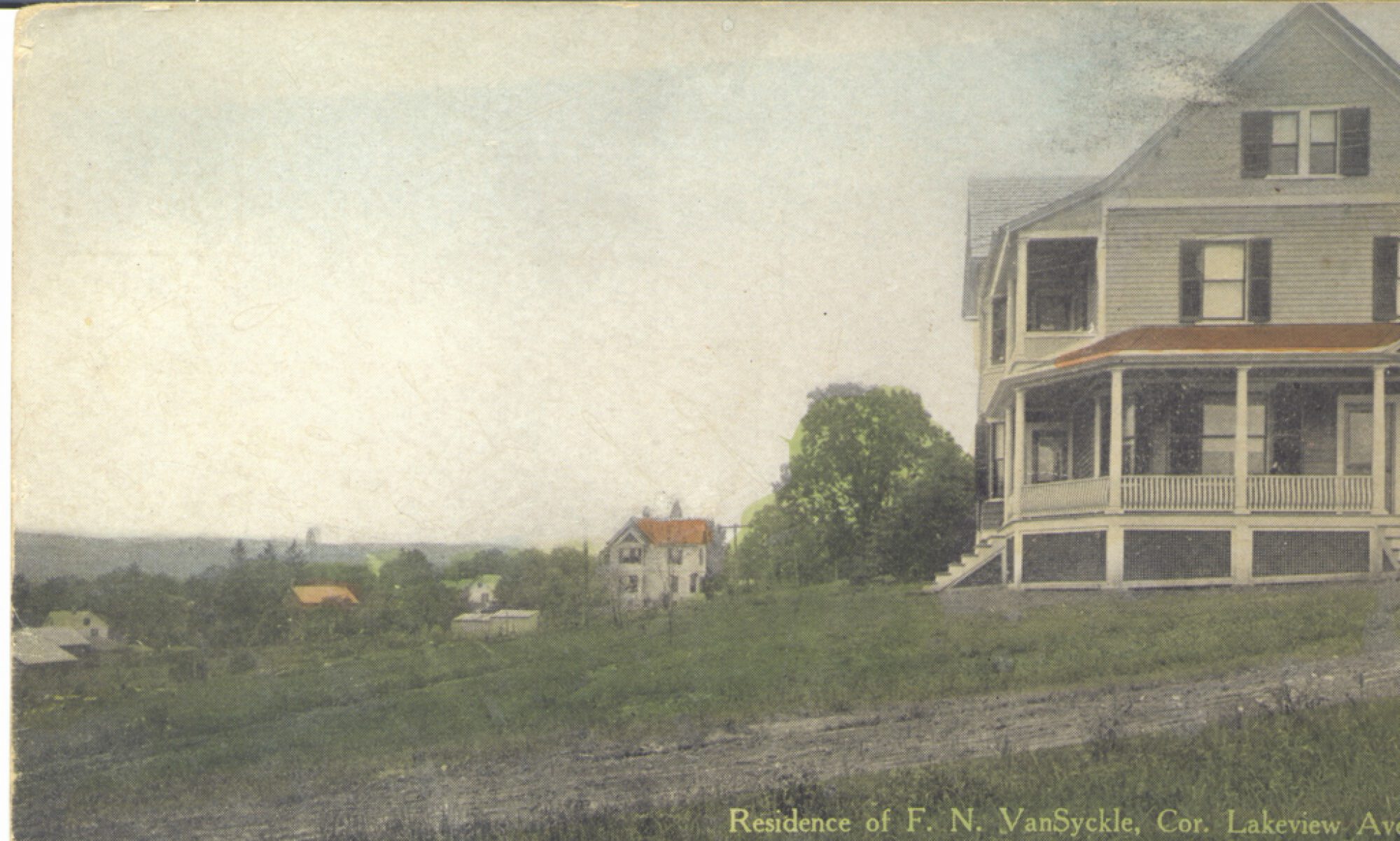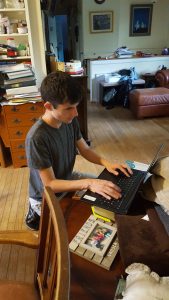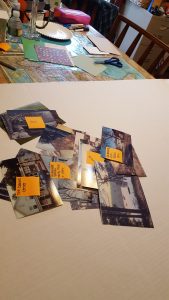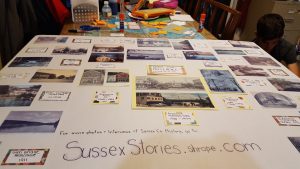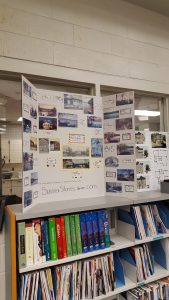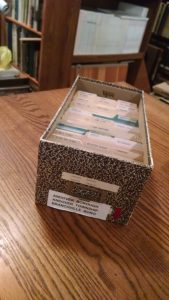As a way to both teach historical thinking/primary source skills as well as get more people to see and think about these artifacts, I developed a primary source investigation. This has already been distributed and well-received by history teachers.
- Find a photo of a location you recognize and/or are familiar with. (Skill: cause and effect/synthesis)
- How is it different now?
- How is it similar now?
- What may account for those similarities/differences?
- Find a photo with the year indicated. (Skill: contextualization)
- What was going on in the area/country/world at the time?
- How might the area depicted be affected by these events?
- Everything is an argument. Find any photo. (Skill: identifying POV and purpose)
- Who is the ‘speaker?’
- What is the ‘speaker’s’ purpose?
- How does (s)he achieve this purpose?
- Choose an interview with audio. Listen all the way through. (Skill: identifying tone/argument)
- What is the tone of the person being interviewed?
- How can you tell?
- What is the main argument of the speaker?
- What events in this person’s life might contribute to his/her attitude?
